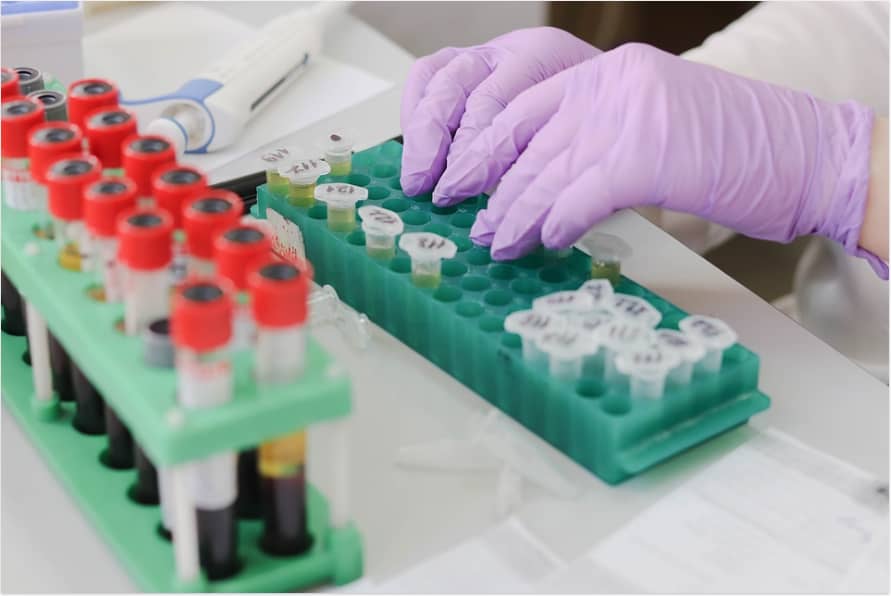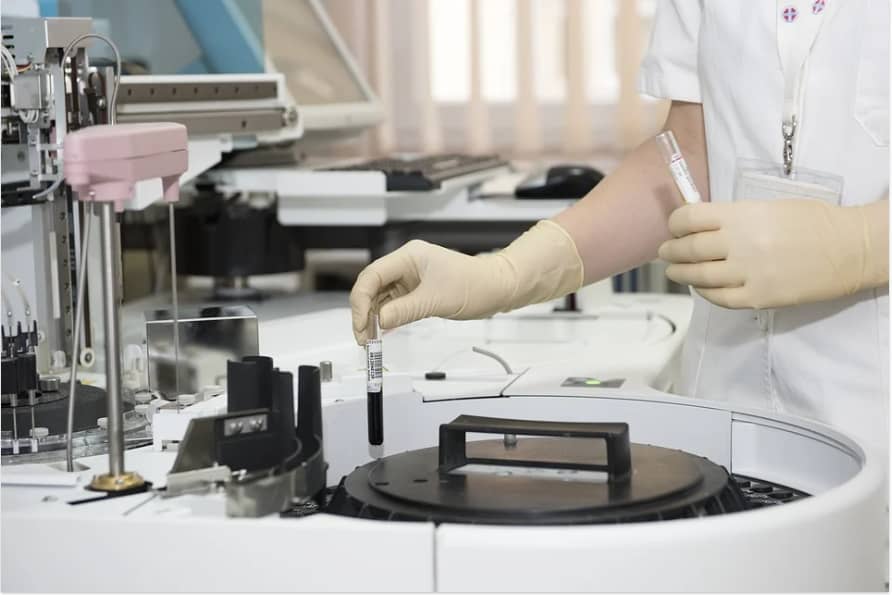ELISA : A Method to Detect The Antibodies

ELISA is based on protein territory. The sample is inserted when the antigens are located and captured by the antibody. When another antibody is used, the antigen is attached. There is a connection. The enzyme modulates the signal because a molecule of the enzyme can produce the product molecules.
The viral protein binds to the plastic supplier to detect antibodies against germs, and then the embryo is formed.
This is how antibodies are discovered. It’s all here. The simplest form of ELISA is to apply the sample antigens to a surface. An antibody is then formed that can bind to the antigen used on the surface. This antibody binds to an enzyme, and a compound containing the substrate of this enzyme is inserted. The reaction generates the signal of a change. The detection antibody can be detected with a secondary antibody, bound by bioconjugation, or attached to a molecule. The integration of a substrate invented the plate.

Principle
The ELISA can perform different types of ligation tests instead of the rigorous “Immuno” tests. However, the name has put an end to the initial “Immuno” approach due to the regular use and development history of the technique. The technique requires specific reagents that can be immobilized together with a reagent that uses a wild type binding and an enzymatic binding.
Despite additional wet spectrophotometric assay formats in the laboratory, where the same well-specified response (e.g., a cuvette) could be reused after washing, the ELISA plate responses are immunosorbed in the solid phase, which may be an element of the plate and is not easily reused.
Techniques
This applies to laboratory techniques using the strips. Even if the sample is liquid (e.g., a small measured drop), the screening step in the ironic test involves reading a dry piece using methods such as reflectometry. It does not require any space to record the response to avoid overflow or mixing between samples. In the ELISA test, a liquid sample is placed on a static solid table with select binding properties.
It can be supplied with different liquid reagents inserted, incubated, and purified in sequence, followed by an optical change (e.g., color development by the object of an enzymatic reaction) in the final well liquid where the sum of the analyte is measured. The importance of detection depends on the amplification of the sign during the analytical reactions. Enzymes linked to allow the detection of symptoms are produced by quantification since both reactions called enzymatic binding processes and amplification processes are linked to enzymes.
